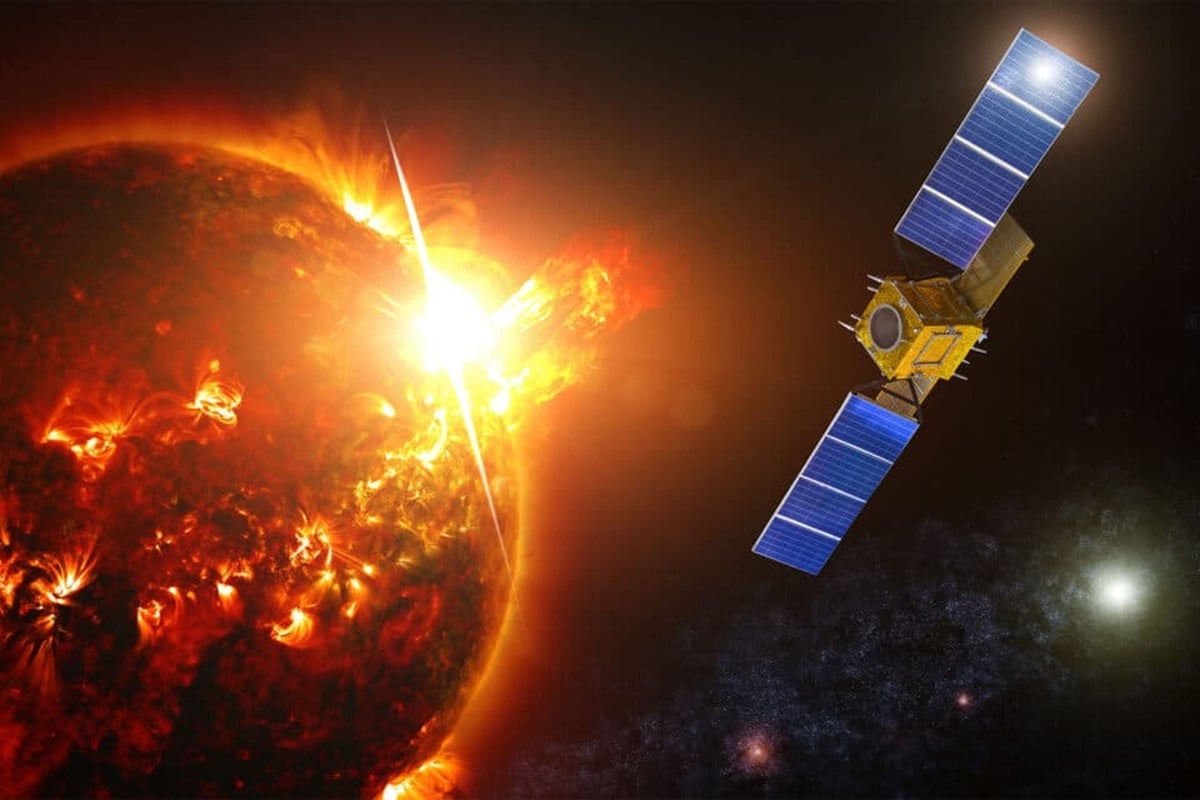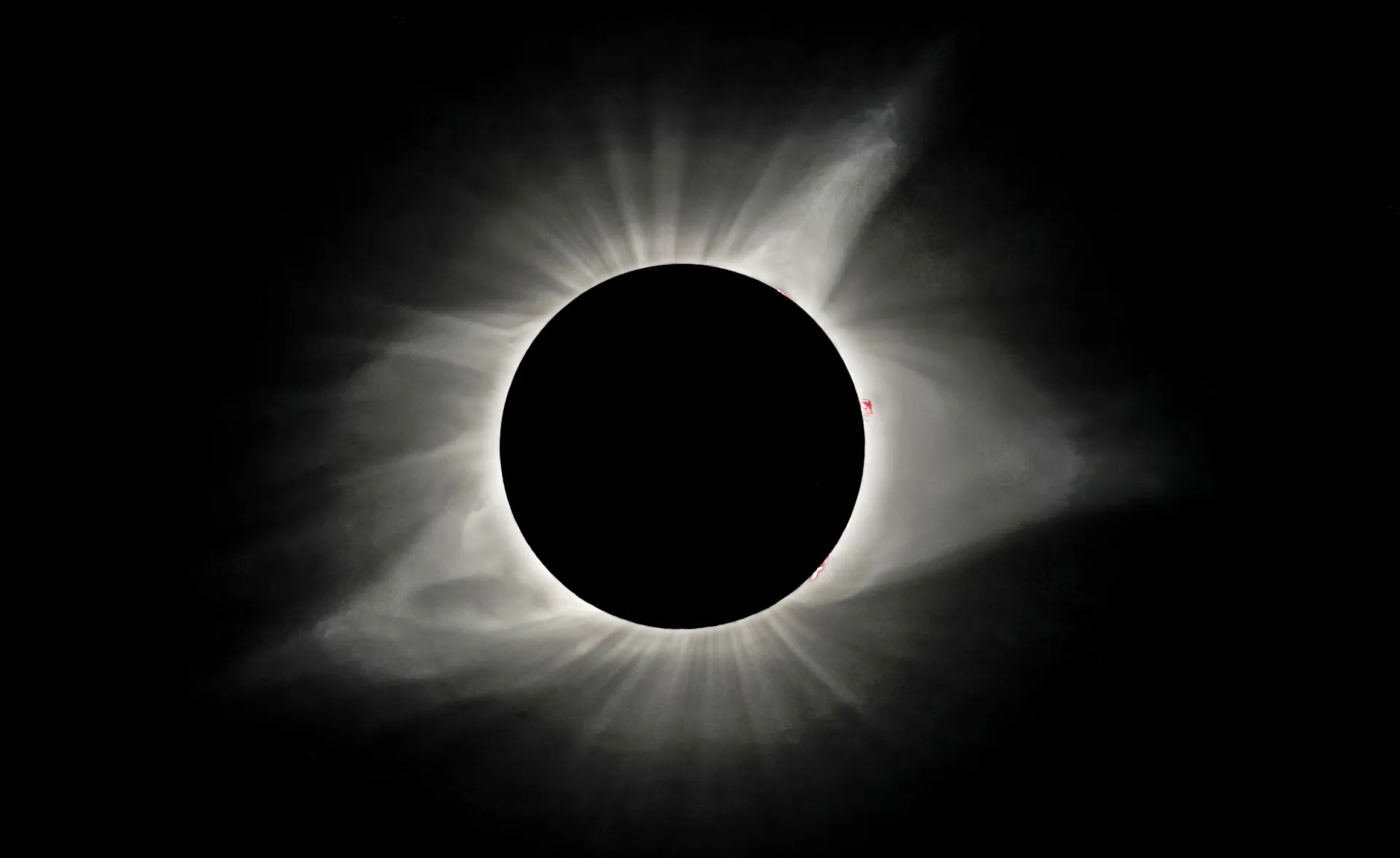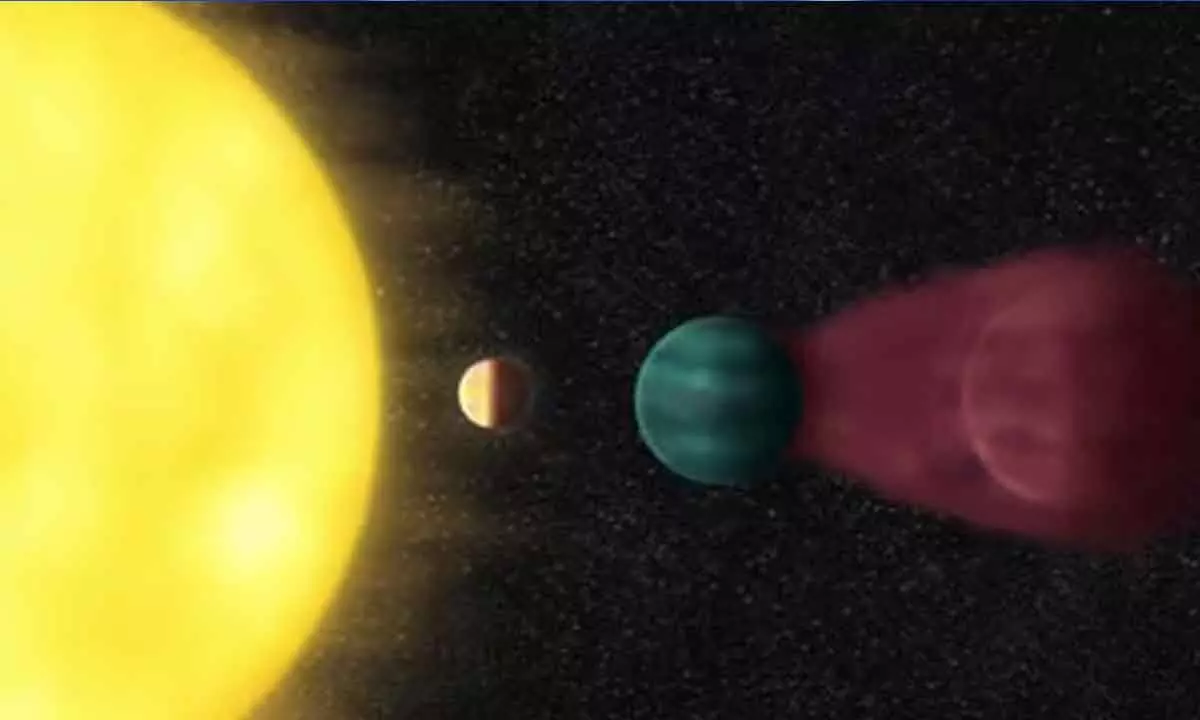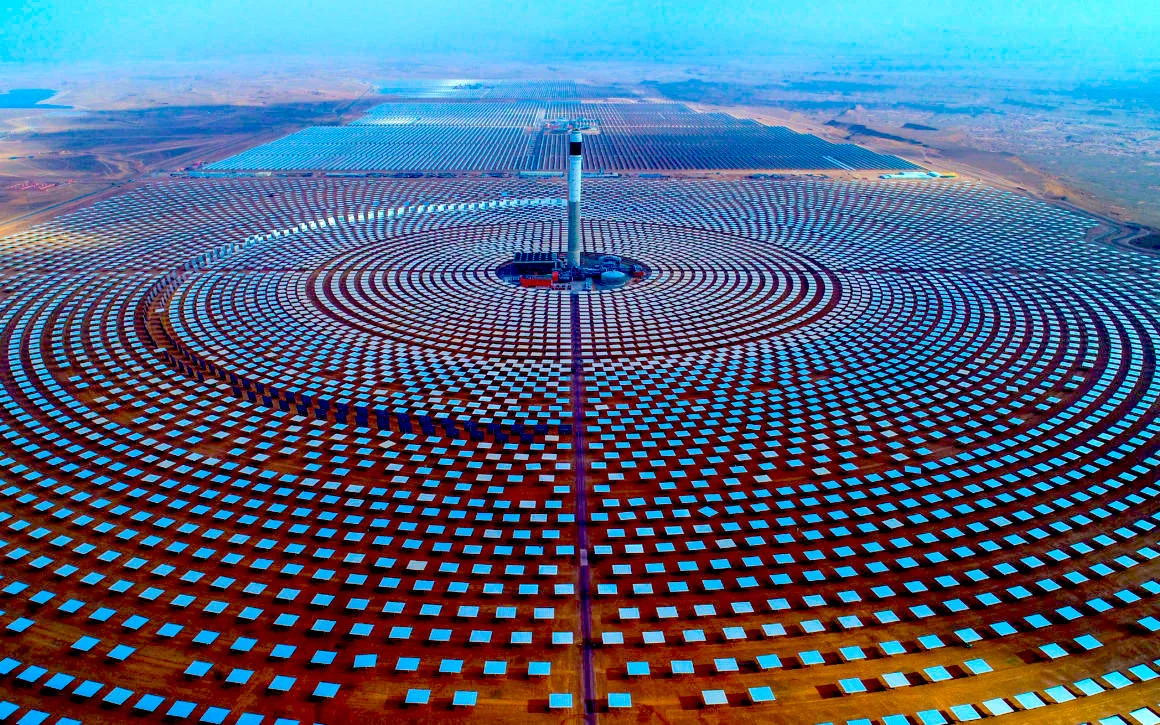On May 27, 2024, NASA’s Solar Dynamics Observatory captured a powerful solar flare erupting from the Sun, classified as an X2.8. This intense solar event has significant implications for Earth, including disruptions to radio communications, power grids, and navigation systems.

The Sunspot Region Behind the Solar Fury
The solar flare was a result of the hyperactive sunspot region AR3664, which had previously unleashed a solar storm that produced vibrant auroras in May 2024. This region is known for its intense magnetic activity, which can lead to powerful solar flares and coronal mass ejections (CMEs).
Solar Orbiter’s Unique View
The Solar Orbiter spacecraft, jointly led by the European Space Agency (ESA) and NASA, offers a unique perspective on solar activity. Positioned on the far side of the Sun, Solar Orbiter can observe solar events that remain hidden from Earth’s view. On May 20, 2024, its X-ray instrument, STIX, detected an X12-class solar flare from AR3664, the strongest flare of the current solar cycle and one of the top ten flares since 1996.
Solar Orbiter’s Data and Implications
Solar Orbiter’s data, combined with observations from other missions, provides a comprehensive view of the Sun’s activity. This information is crucial for improving space weather forecasts, which can help protect Earth’s technological infrastructure and human activities.
Future of Space Weather Forecasting
ESA’s Vigil mission, scheduled to launch in the future, will continuously monitor the Sun’s left side, providing near real-time data on potentially hazardous solar activity before it becomes visible from Earth. This early warning system will give astronauts and operators of critical infrastructure time to take necessary precautions, ensuring the safety and reliability of space-based and ground-based systems.
The recent solar flare from AR3664 highlights the importance of monitoring and understanding solar activity. By combining data from multiple sources and using advanced spacecraft like Solar Orbiter, scientists can better predict and prepare for the impacts of solar flares and CMEs on Earth. This knowledge will be essential for ensuring the continued safety and reliability of our technological infrastructure and human activities in space.









